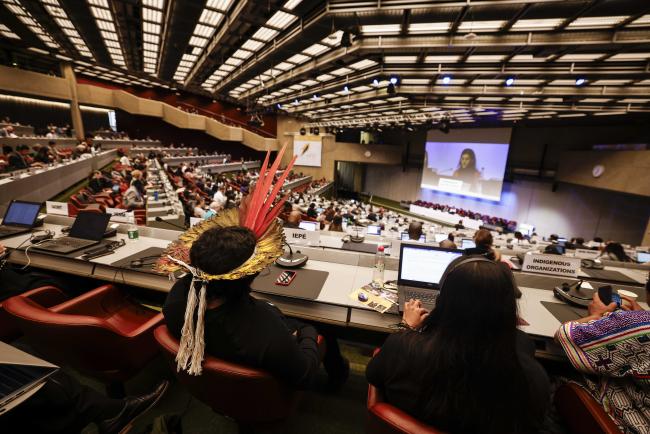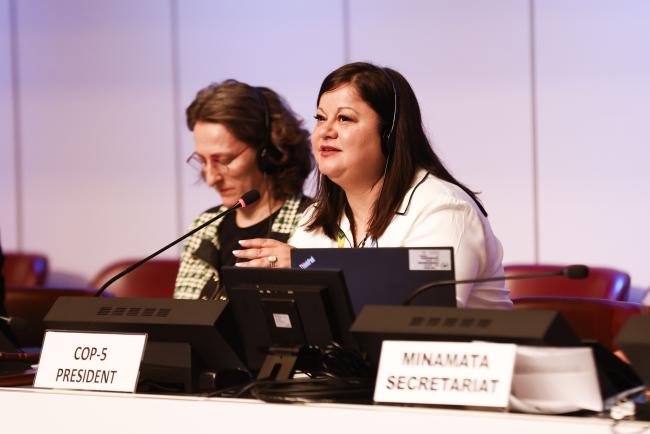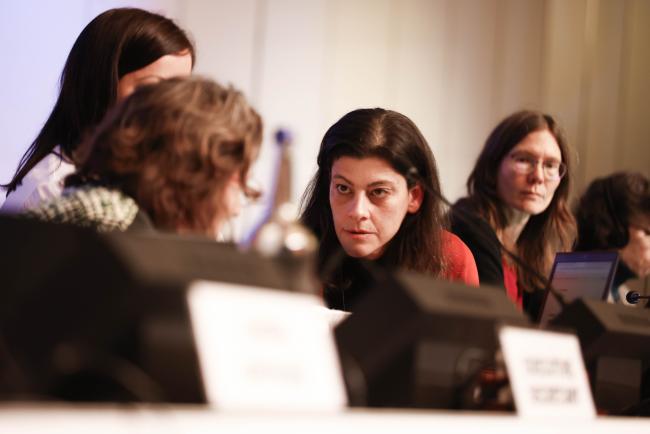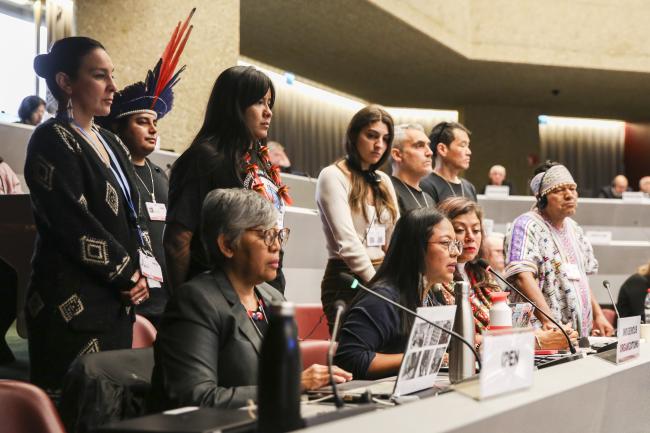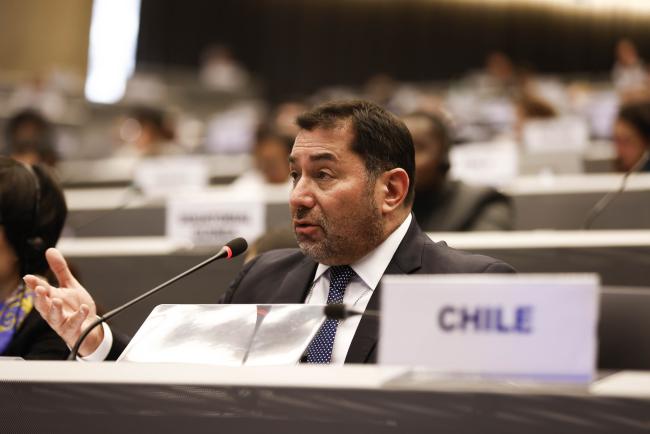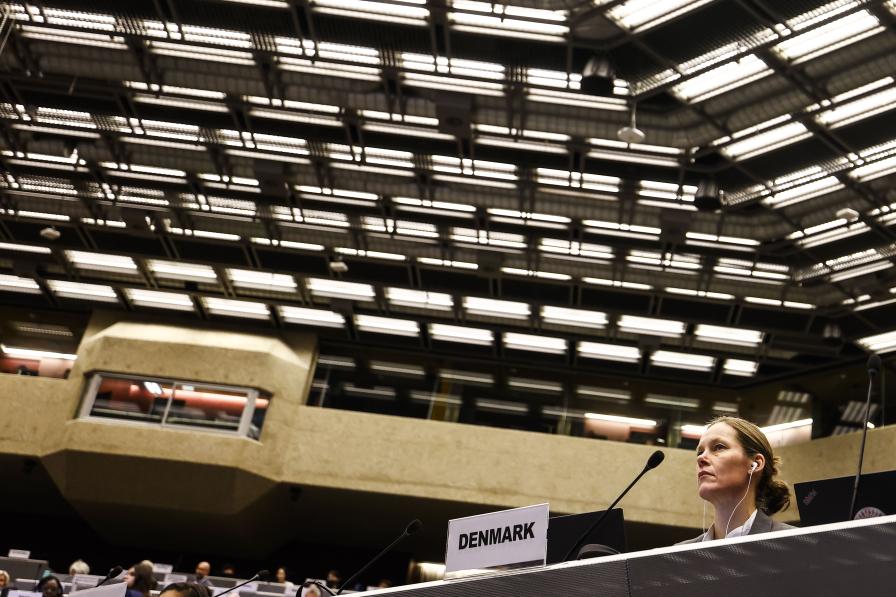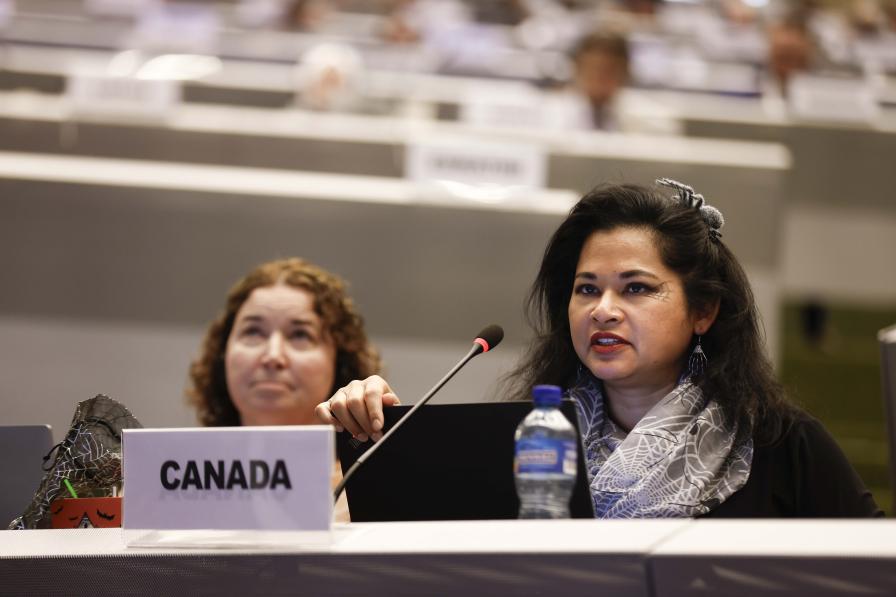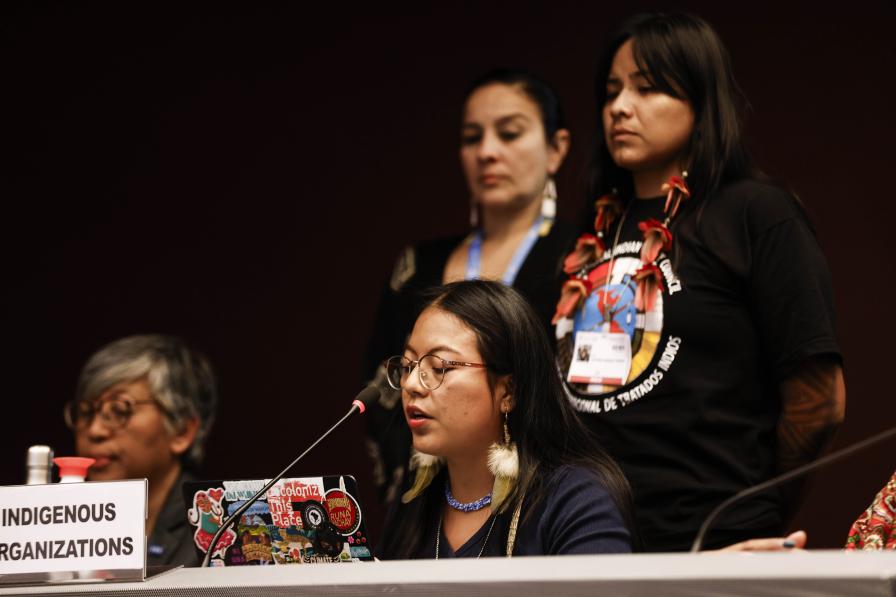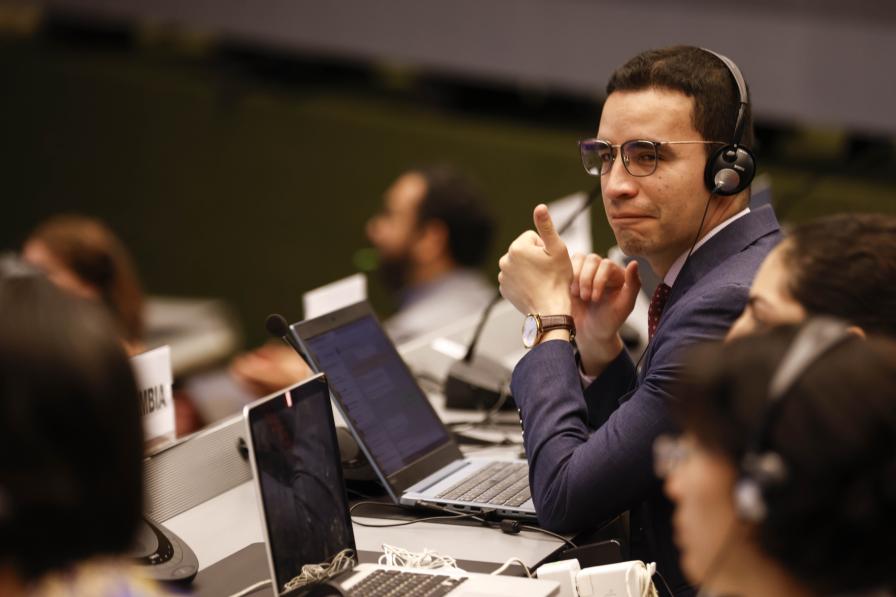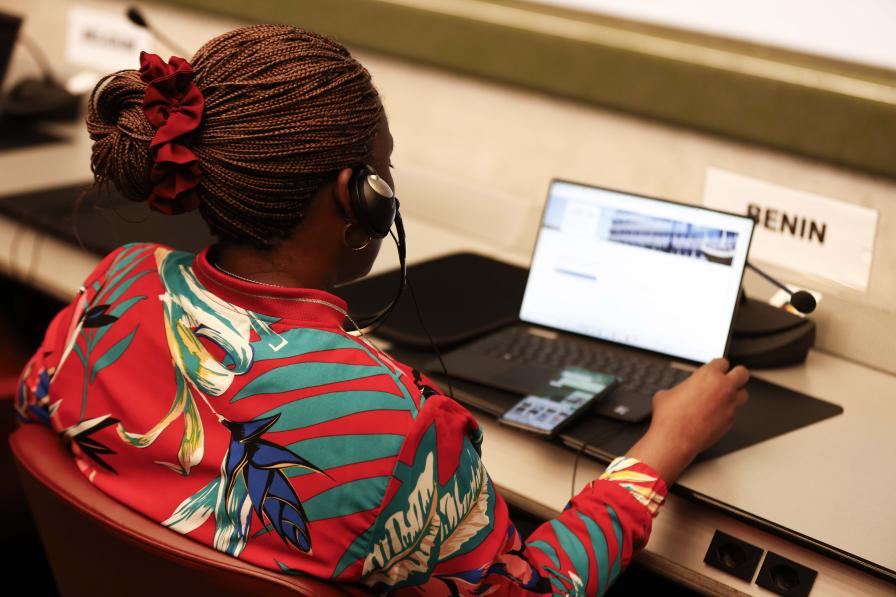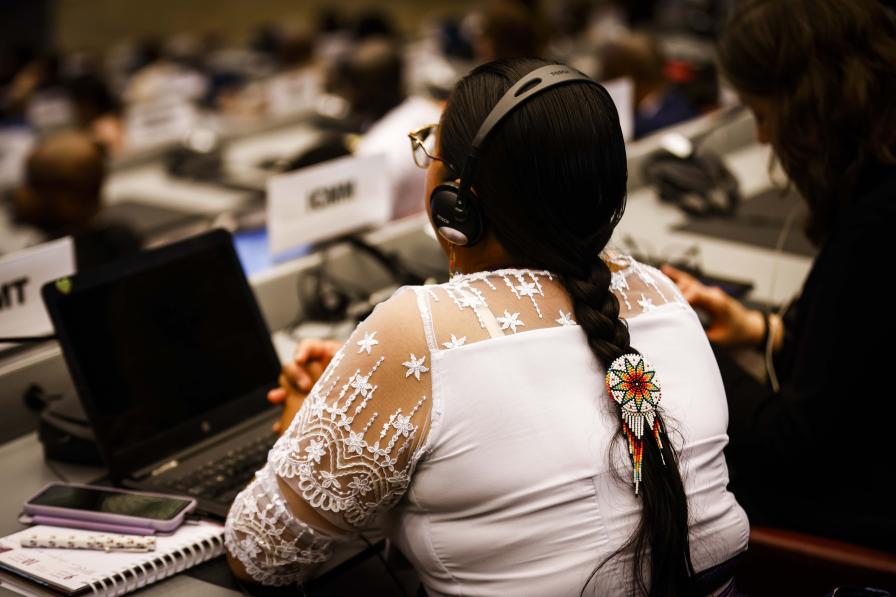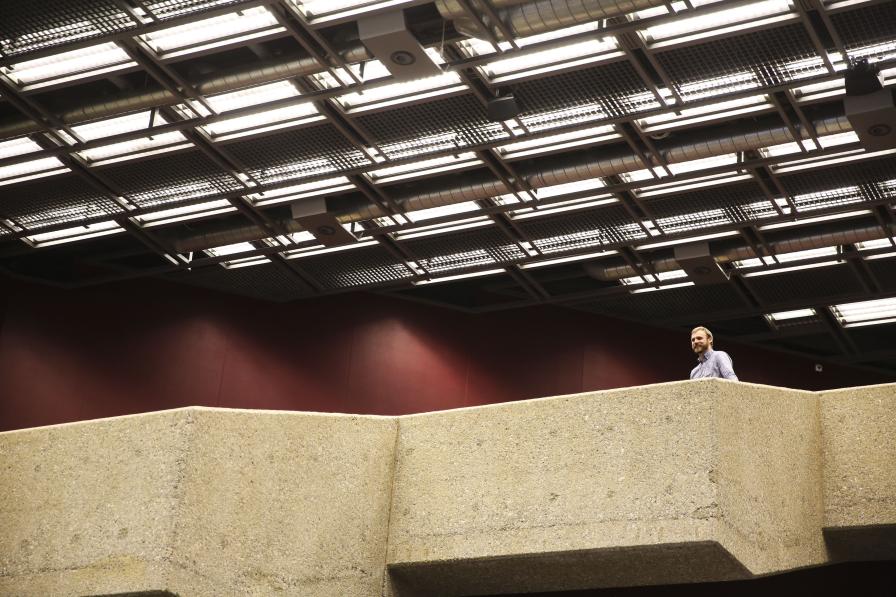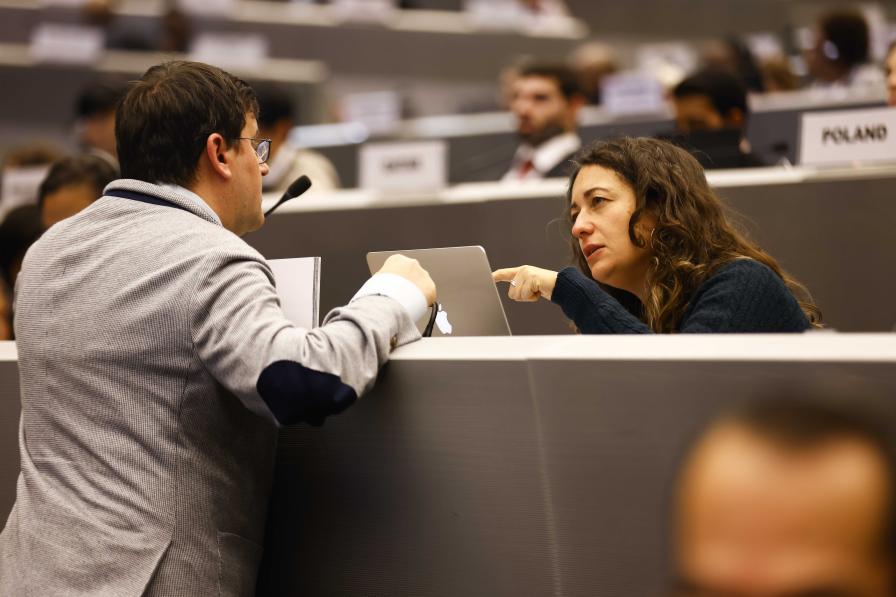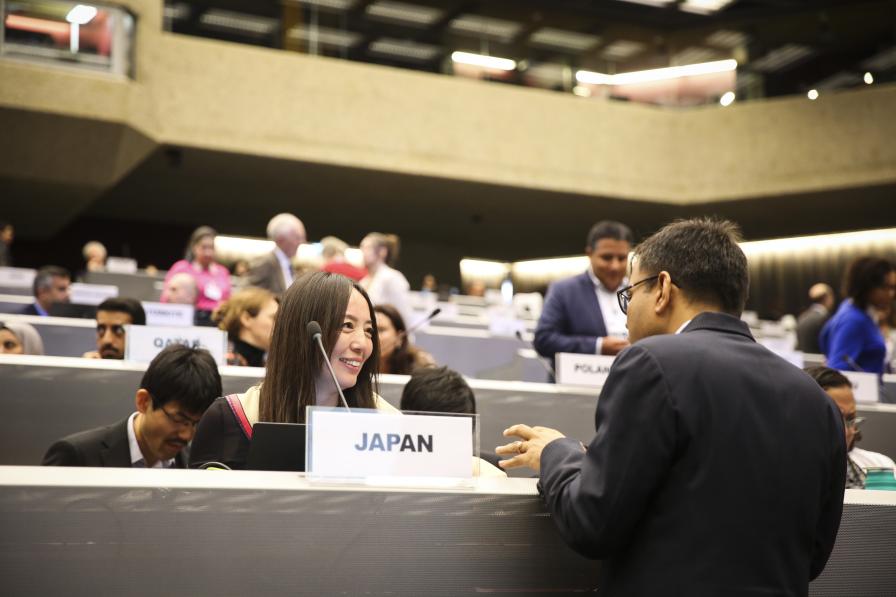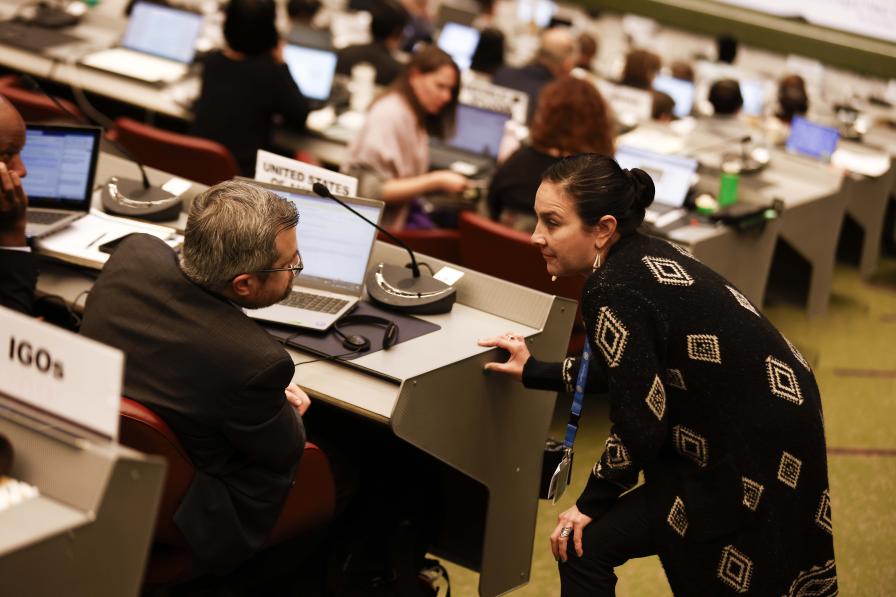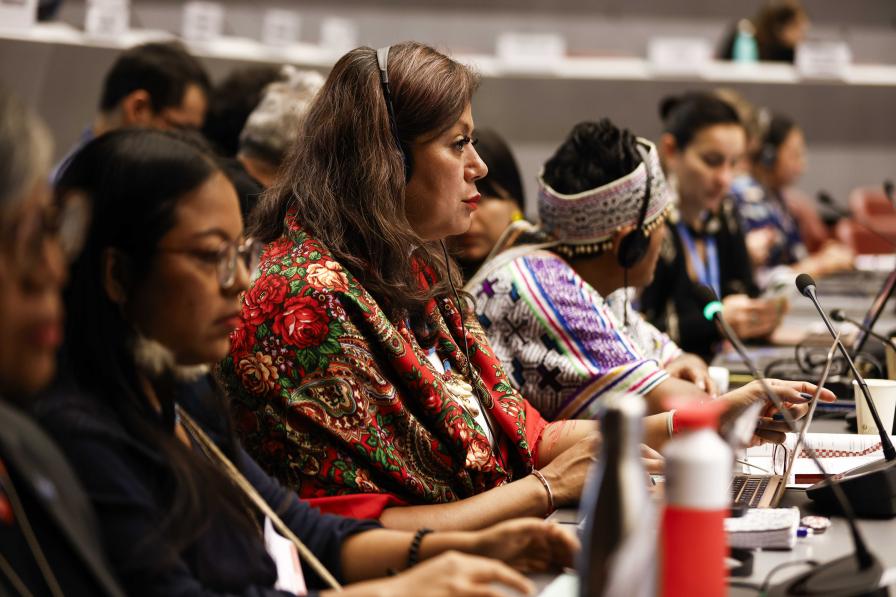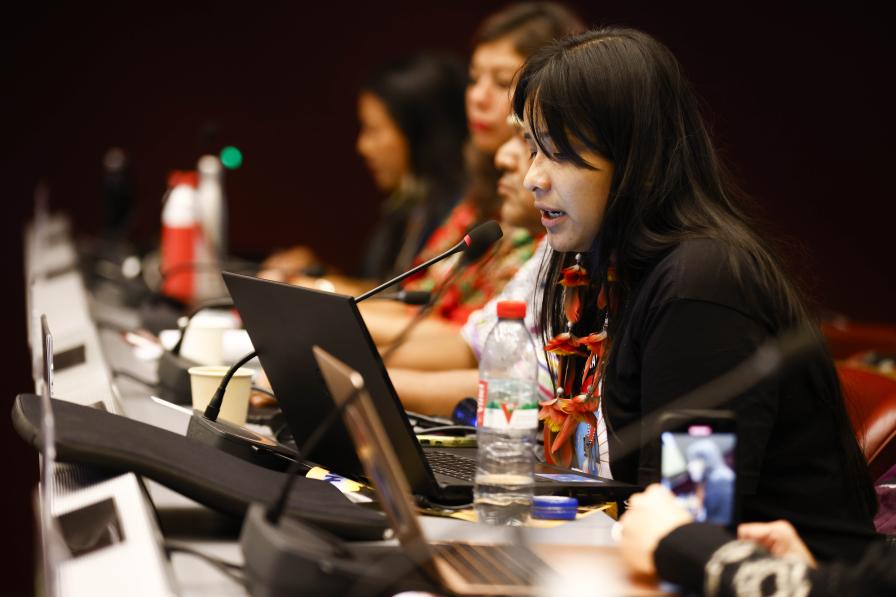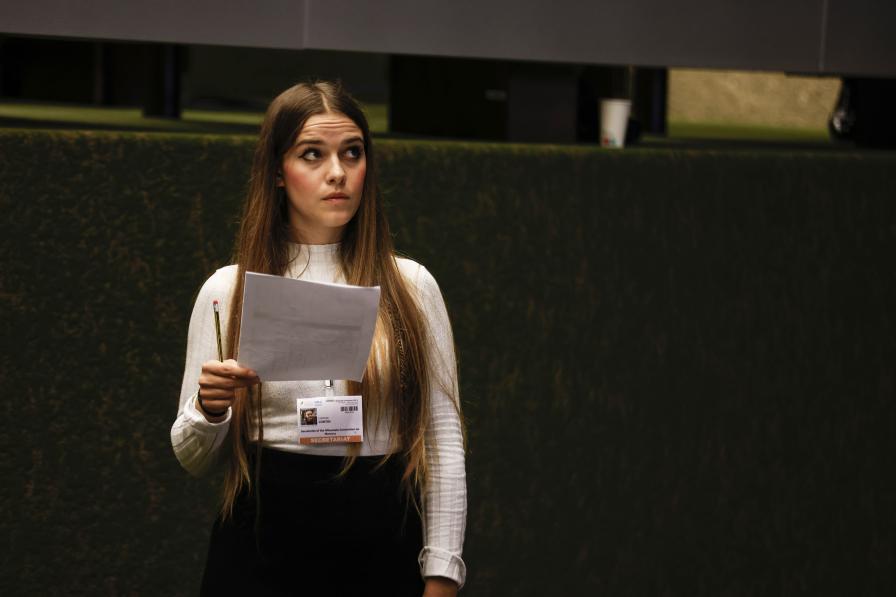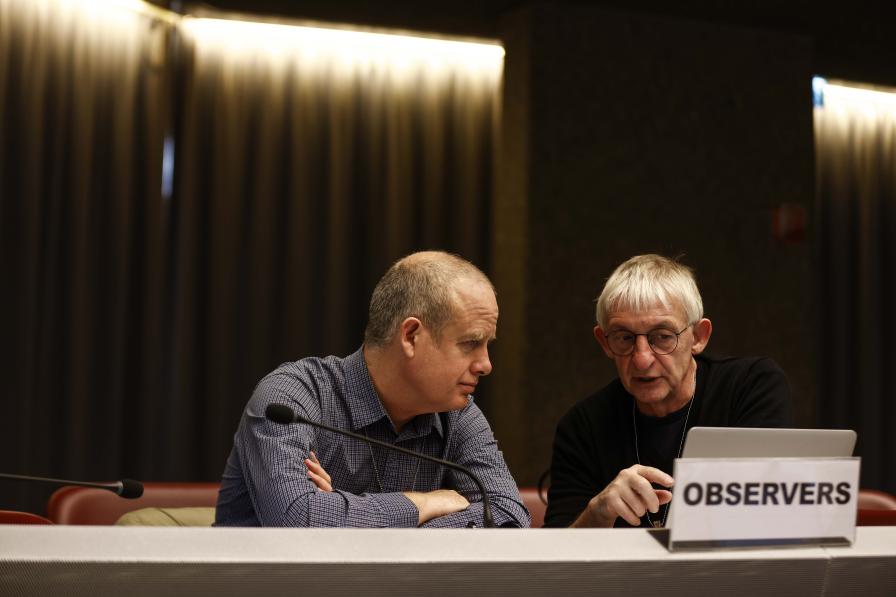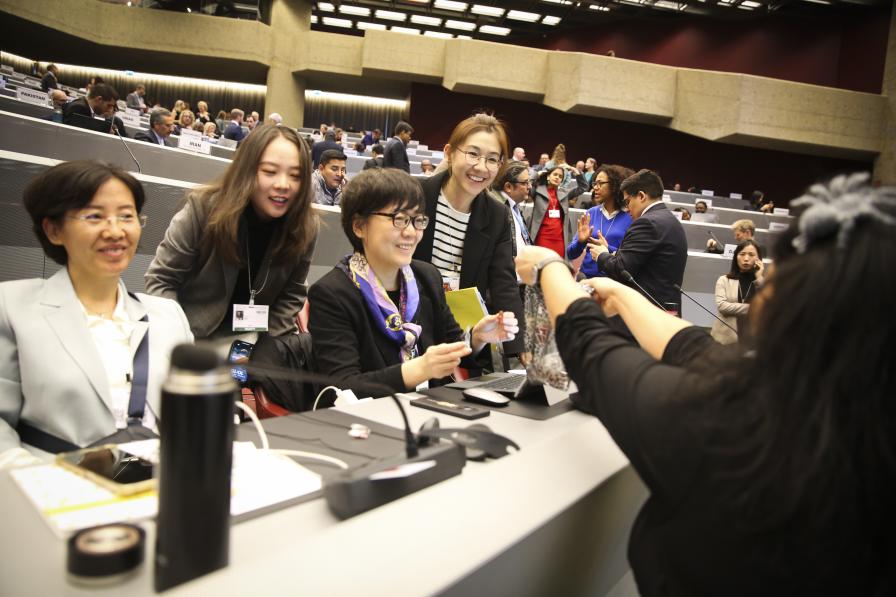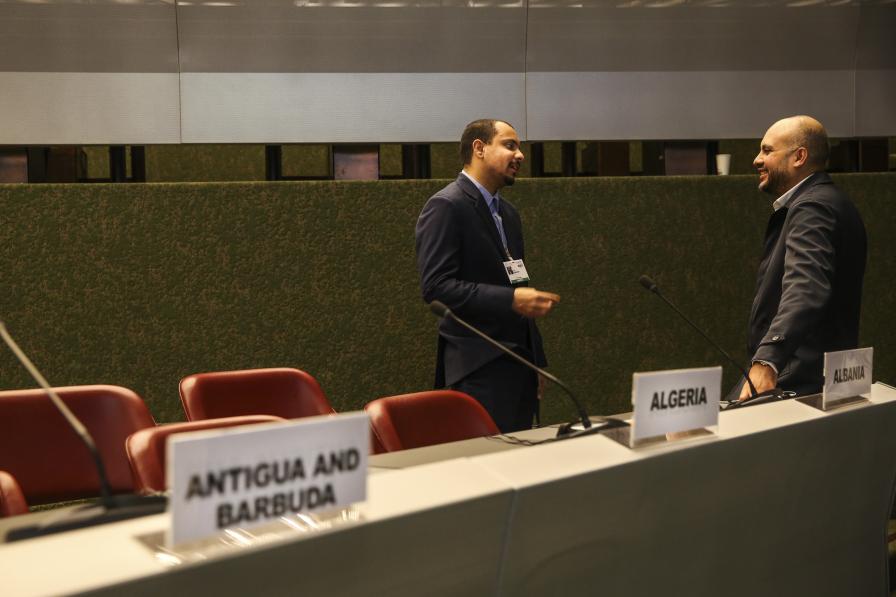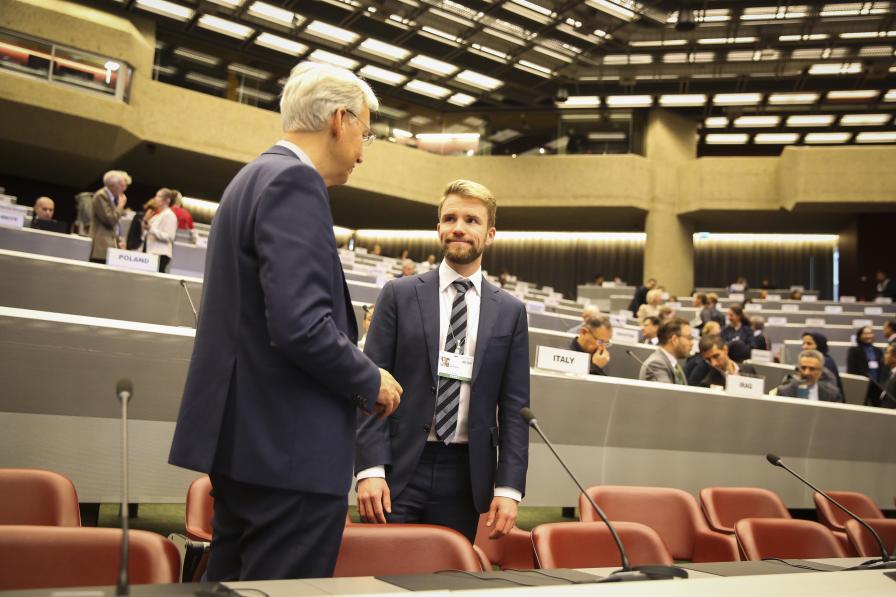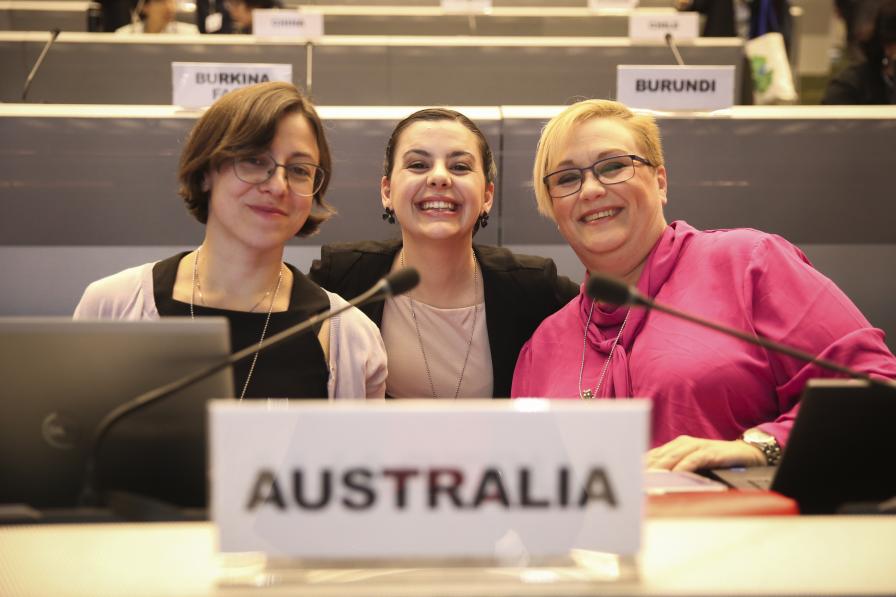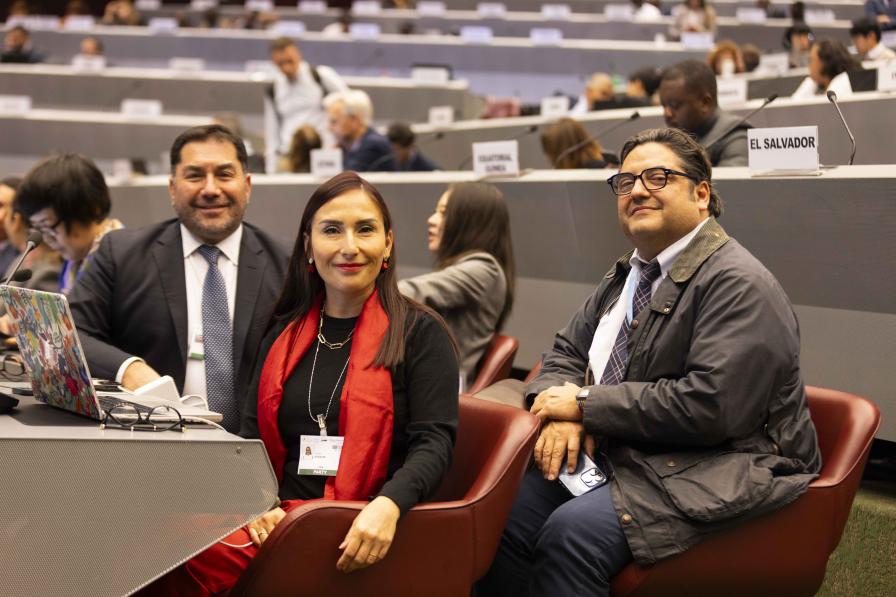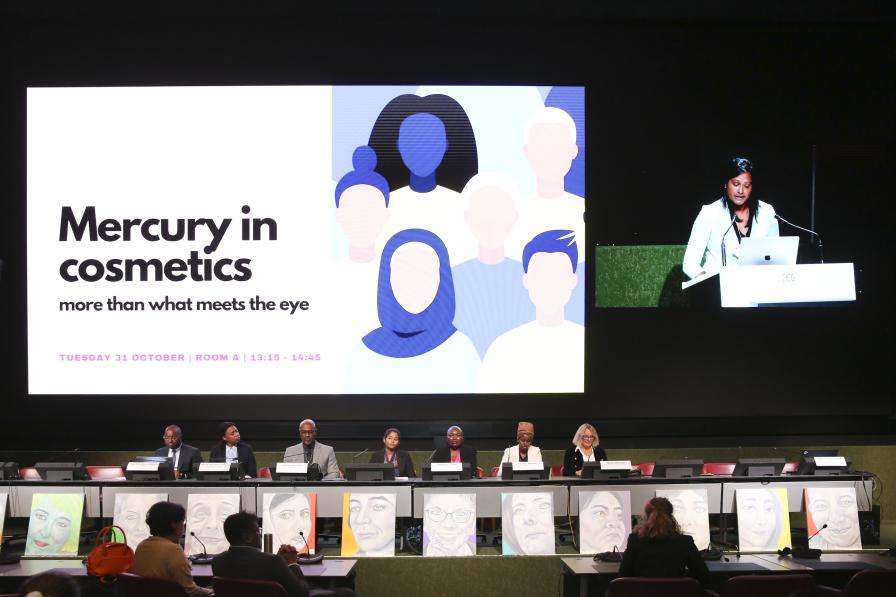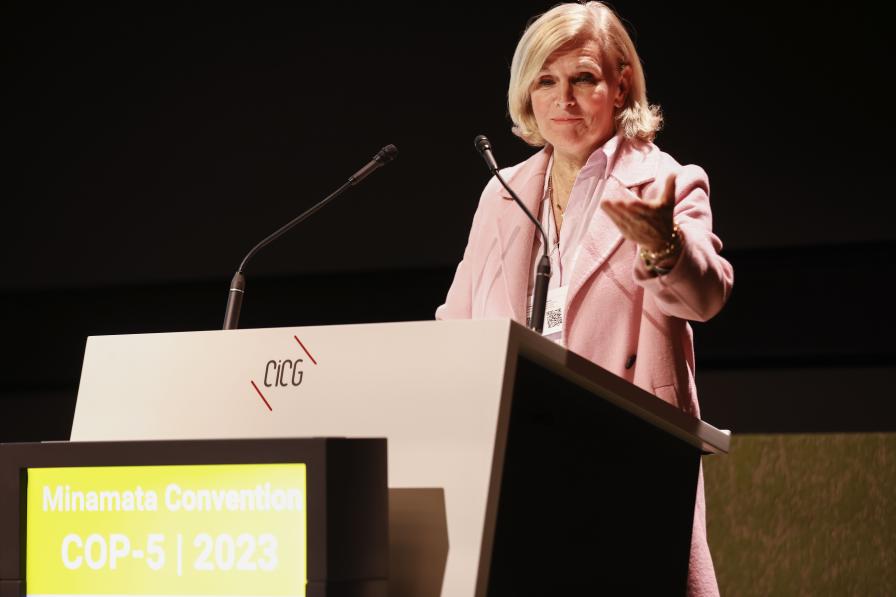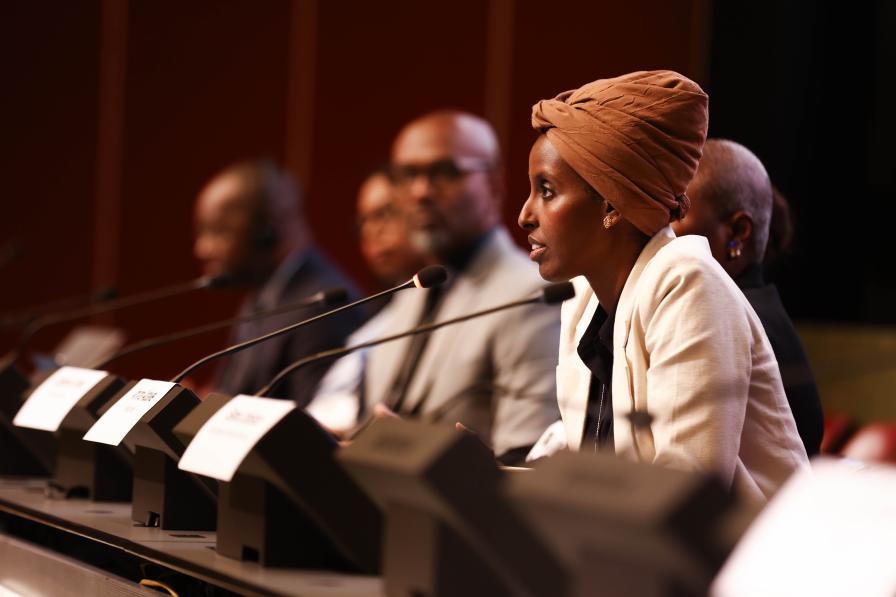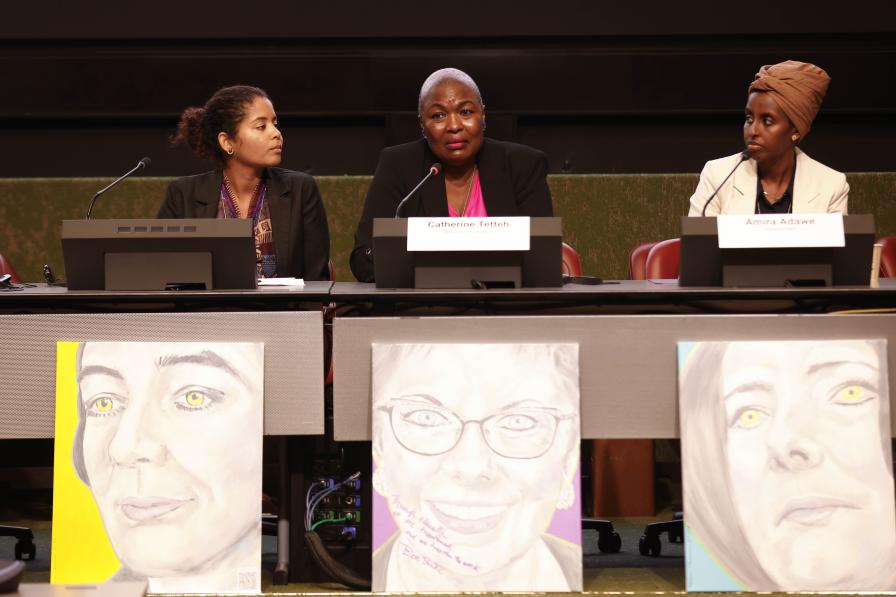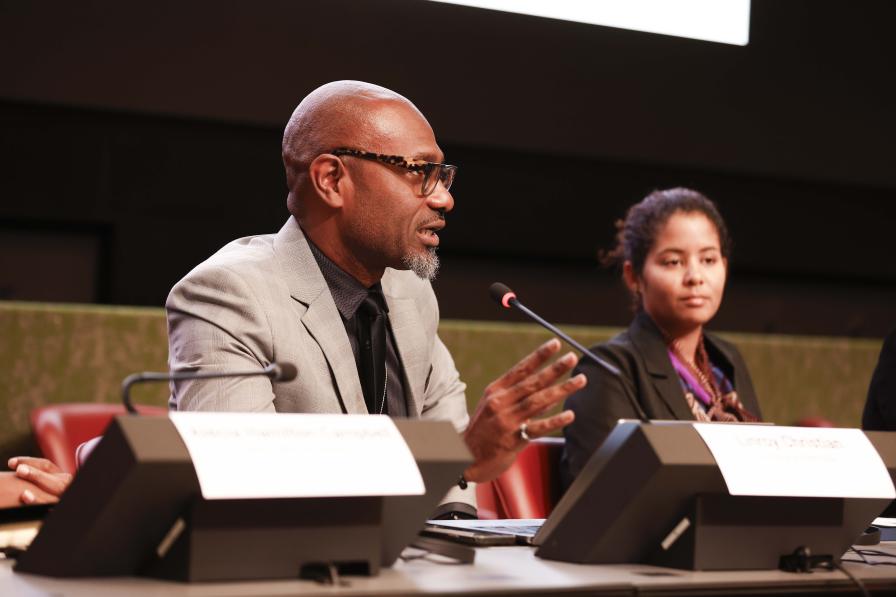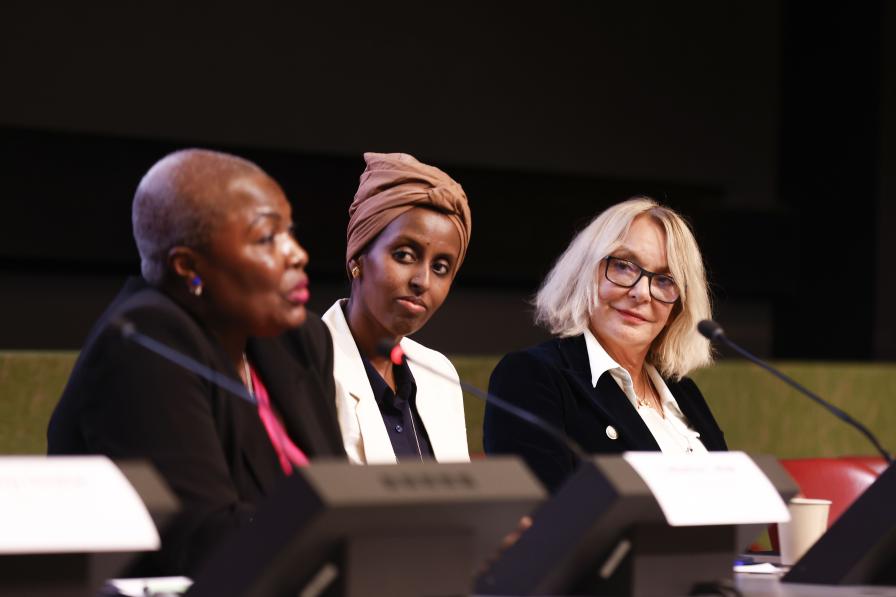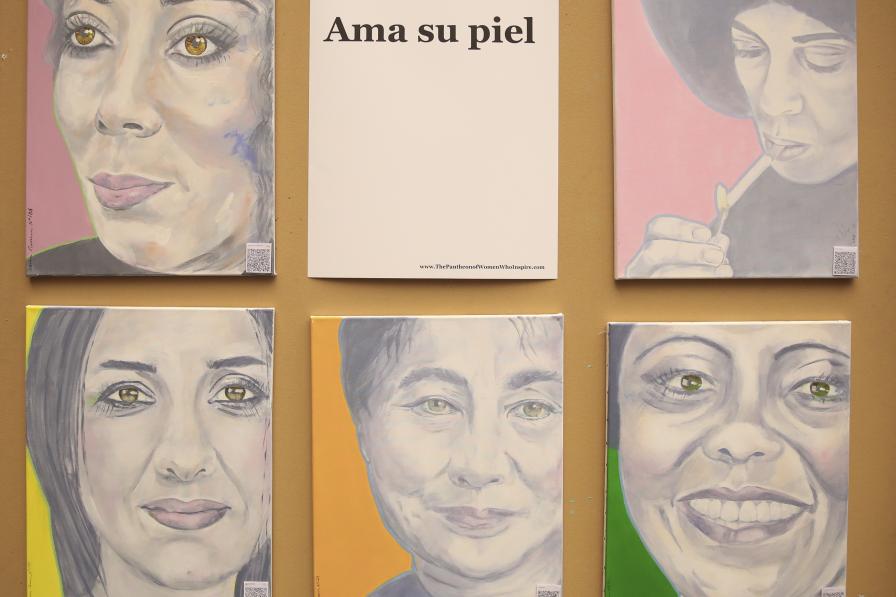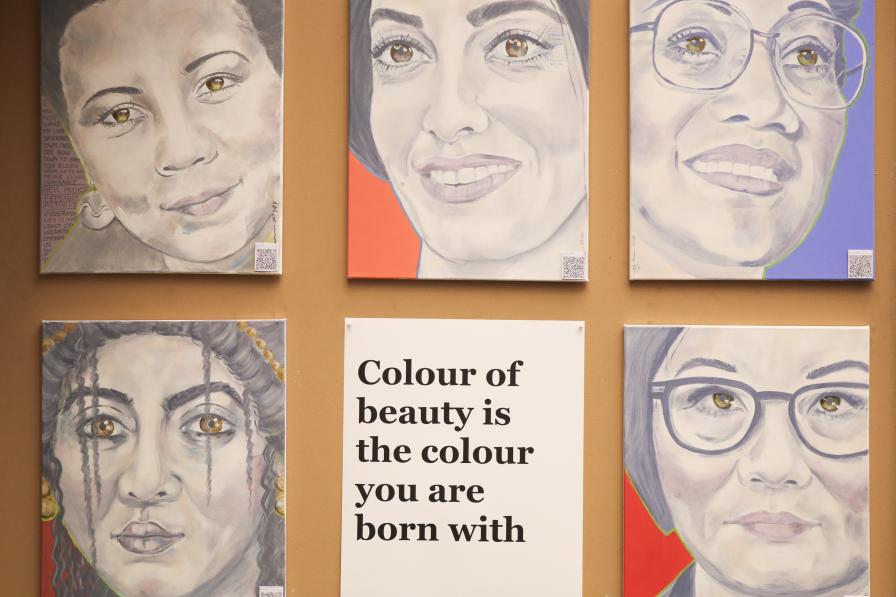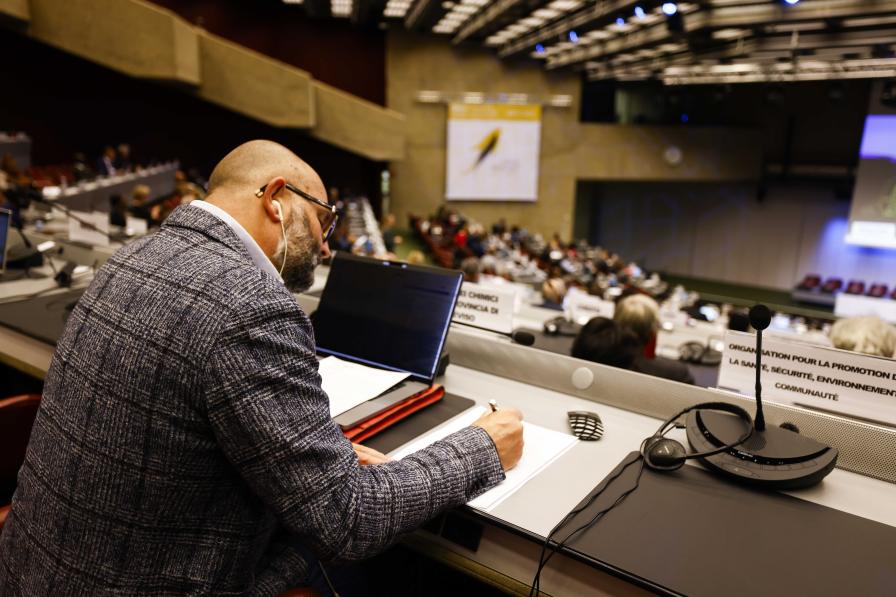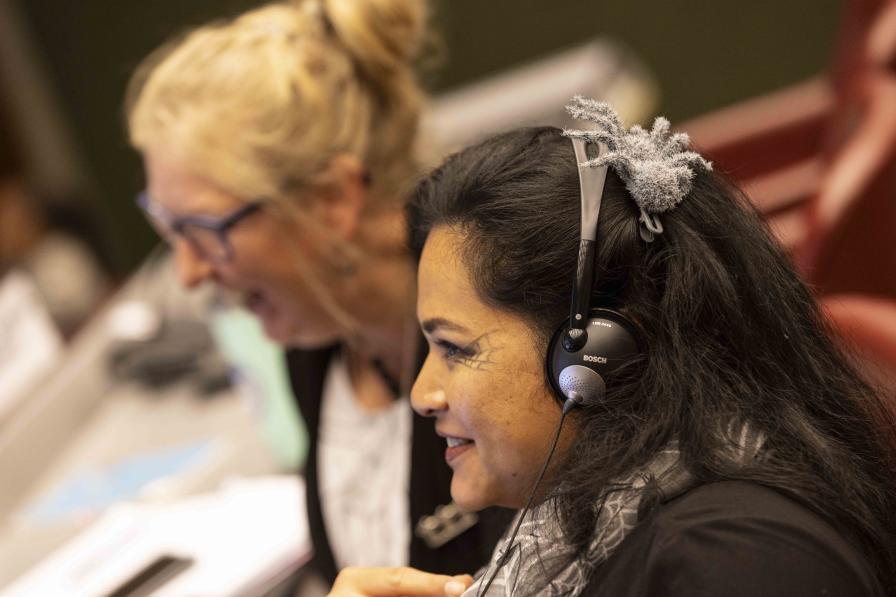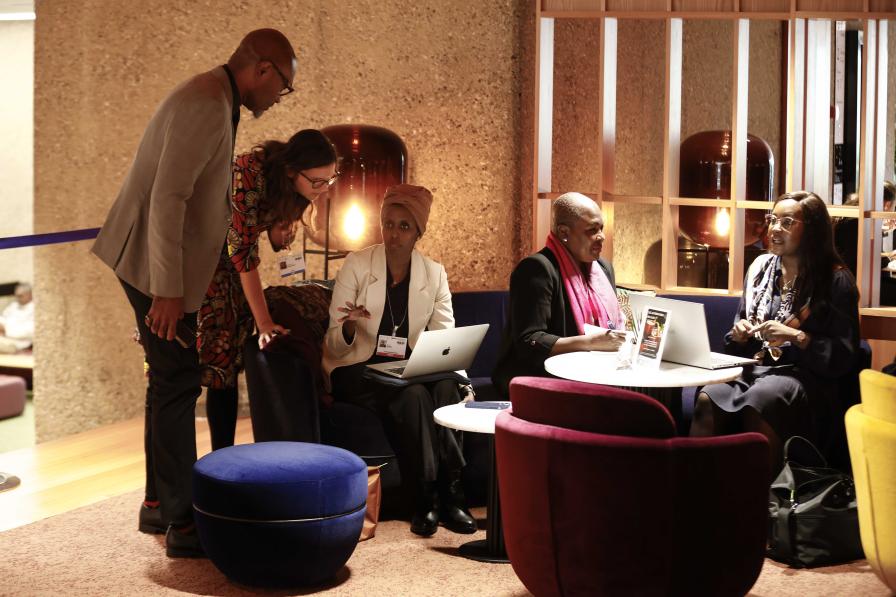Delegates resumed discussions of the previous day’s plenary on artisanal and small-scale mining (ASGM). They adopted a decision on ‘The effects of mercury pollution on Indigenous Peoples and on local communities’, which related to ASGM activities in Indigenous Peoples’ territories, and the need for awareness raising on the harmful impacts of mercury exposure. The decision, and a pending draft decision on ASGM, potentially will strengthen parties’ engagement with Indigenous Peoples in addressing the harmful impacts of mercury exposure and promoting participatory approaches in the work of the Minamata Convention.
Want to dig deeper into today's talks? Read the full Earth Negotiations Bulletin daily report.
The COP also adopted a decision on mercury emissions, which calls on parties to develop national plans for controlling emissions, and to report back to COP-6 on their experiences.
In the morning, the plenary formed a contact group on the budget and programme of work (PoW) for the 2024-25 biennium, with the mandate to ensure that the budget allows for proposed activities in the draft decisions to be implemented. Later in the day, the plenary also formed a contact group on thresholds for mercury waste, which began immediate deliberations.
Two Friends of the President groups were formed to finalize draft decisions regarding proposed changes to the national reporting format, and on the composition of the effectiveness evaluation group. Some delegations argued that having a larger number of participants from each UN region would ensure a more comprehensive perspective, while others favored a smaller group as being more efficient and cost-effective.
For the first time in its history, the COP considered the issue of mercury sources and trade as a separate agenda item, instead of dealing with it under the topic of “mercury stocks.”
Meanwhile, the contact group on amendments to the Convention’s Annexes continued striving for agreement on deadlines for phaseout of mercury-added products and manufacturing processes that use mercury. Among other things, they agreed on language declaring mercury-free processes for production of sodium or potassium methylate or ethylate to be technically and economically feasible.
At lunchtime, delegates attended a special event on “Mercury in Cosmetics - More Than What Meets the Eye.” Co-organized by the Global Environment Facility and the UN Environment Programme, the event explored the negative effects of skin lightening often driven by harmful cultural norms.
Contact groups and the Friends of the President groups continued their discussions well into the evening.
To receive free coverage of global environmental events delivered to your inbox, subscribe to the ENB Update newsletter.
All ENB photos are free to use with attribution. For the 5th Meeting of the Conference of the Parties to the Minamata Convention on Mercury, please use: Photo by IISD/ENB | Natalia Mroz.


